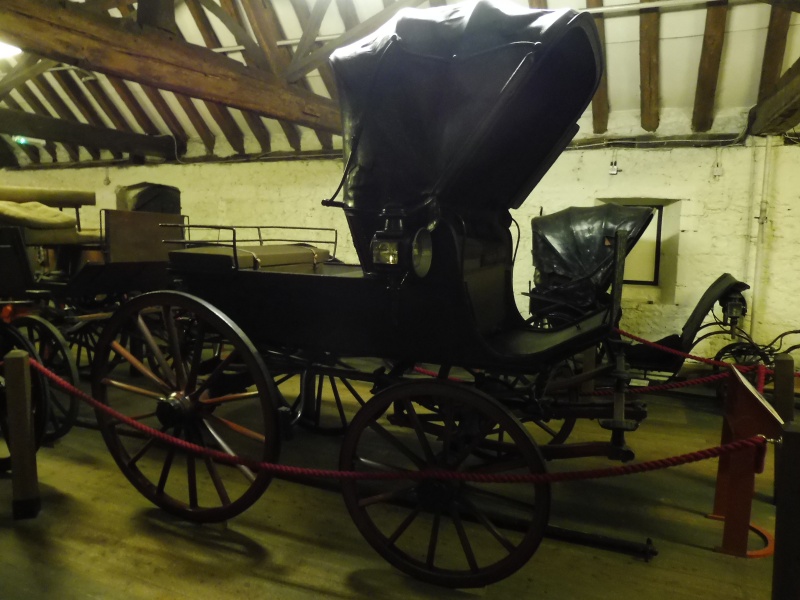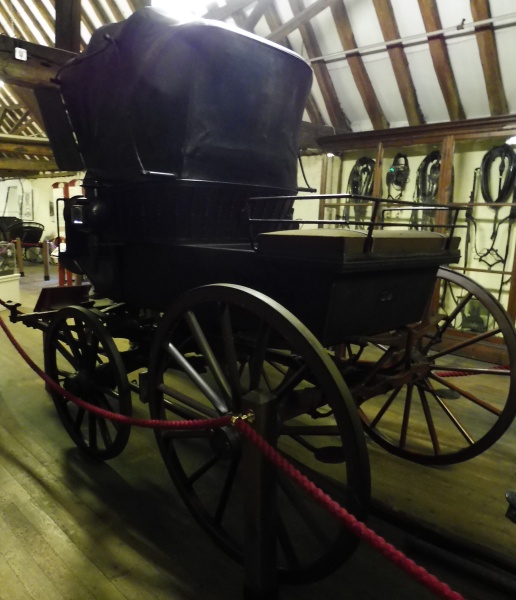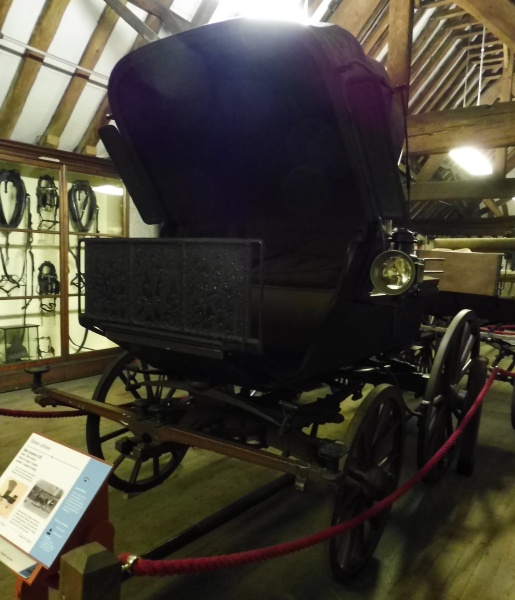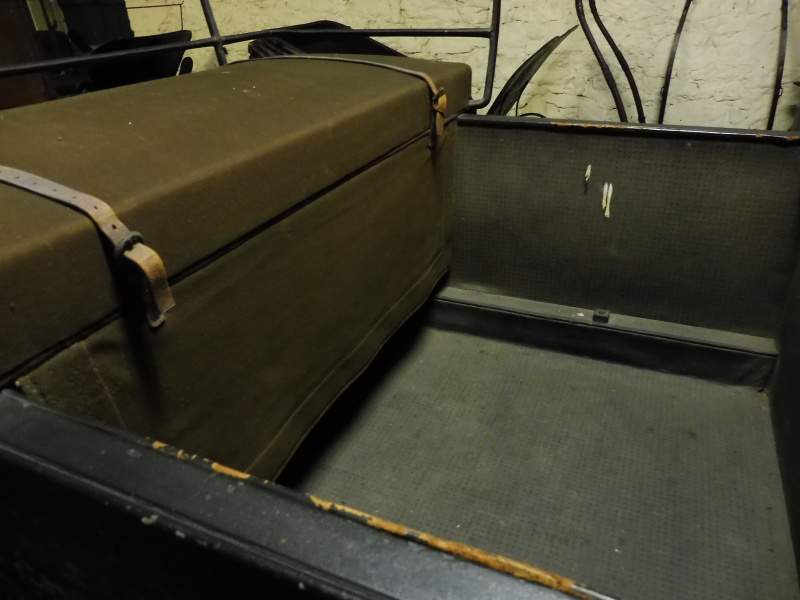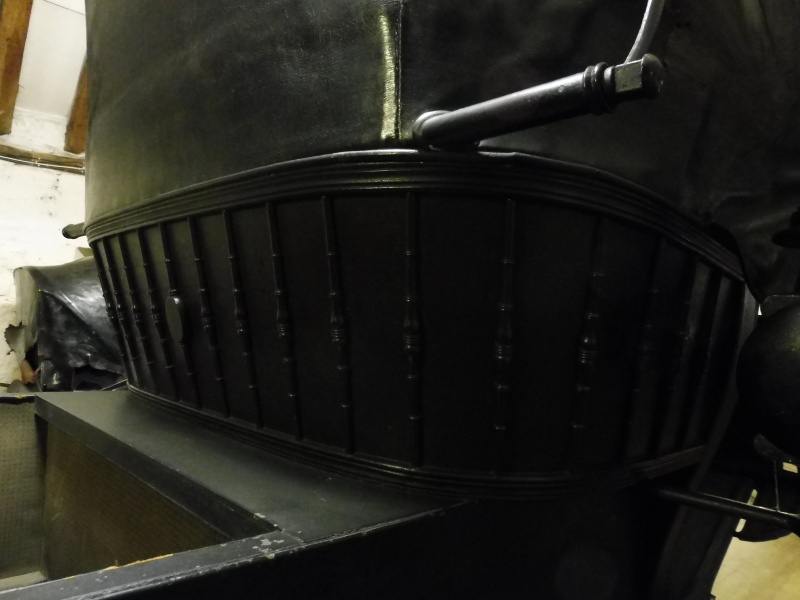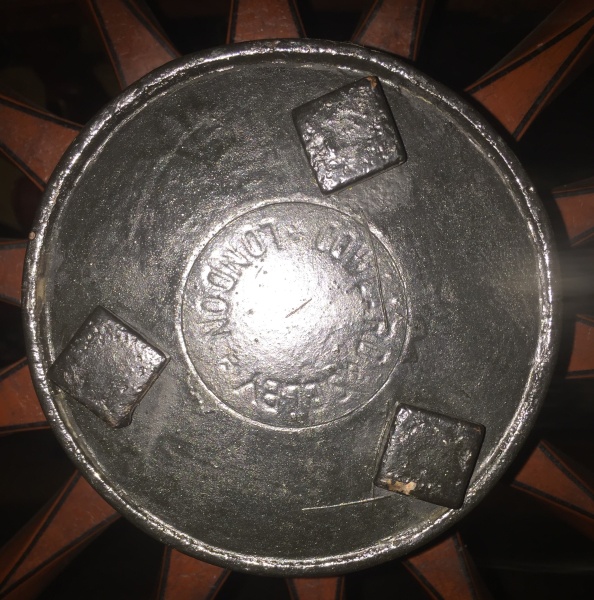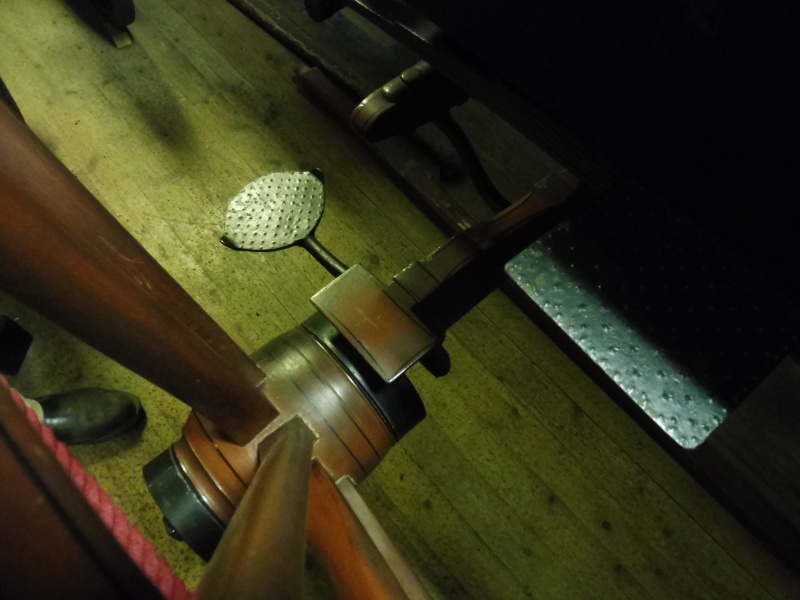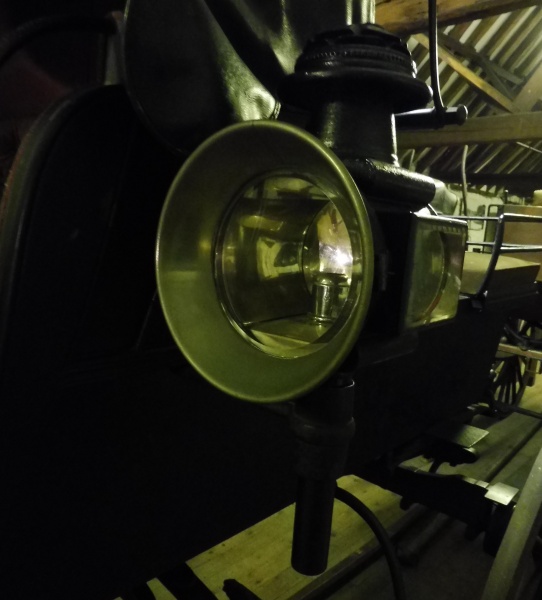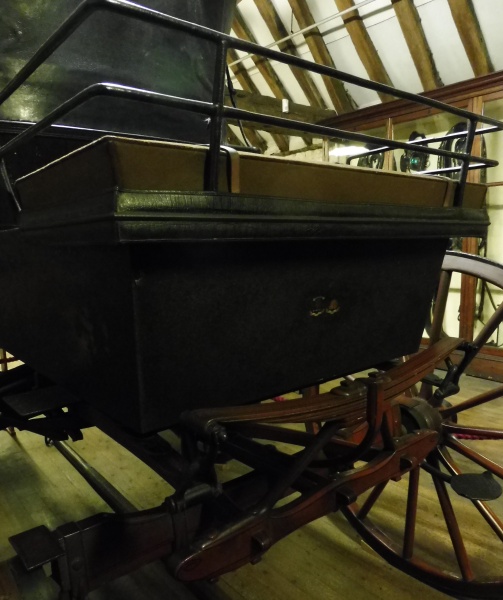Use the dots above to scroll through images.
Listed in 1 collection
Listed at 1 museum
Listed for 1 maker
Quick Details
Carriage Type
Mail Phaeton
Date of Production
circa 1890
Accession or Inventory Number
1994.85.4
Materials used
Paint, Wood, Iron, Leather, Wool Box Cloth, BrassSummary of Mail Phaeton
A phaeton is a four-wheeled carriage that was driven by the owner, and never by his professional coachman, so the principal seat is always in front, with a seat for a groom behind. The Mail Phaeton was considered the head of the phaeton family and, because of its size and its style, was the ideal carriage for a country sportsman to drive his coach horses as a pair or a team, if the occasion did not justify the use of his Park Drag. It is called a mail phaeton because the springs are similar to those of a mail coach having telegraph springs at the front and two side and a cross spring at the back. Another defining feature of the Mail Phaeton is the perch on the undercarriage.
This is a classic example of a Mail Phaeton of which there are only a handful worldwide. Built by Cowlard and Selby around 1890.
Dimensions
Height: 8ft 5 ½”
Length: 9ft 6”
Width: 5ft 6”
Full description
The Mail Phaeton is the father of all the sporting phaetons. It was driven by the owner with a pair or team of coach horses on occasions that did not warrant a Park Drag. This example has the classic features of a true Mail Phaeton having a perch under carriage and being sprung on telegraph springs at the front and two side and one cross spring at the back.
The shape of the body is also classic with an angular profile with the floor of the carriage being straight, sloping up at the footboard. The sides are also straight and form a large foot well behind the driver’s seat for the storage of picnics etc. A groom’s seat is at the back of the carriage, facing forwards. It has double seat rails, a leather seat skirt with brass beading painted black and a seat cushion and valance covered with a buff box cloth. The cushion is secured to the seat via two leather straps. Covering the sides and floor of the back foot well is a patterned lino.
The principal seat for two has a curved solid back with sham spindles. On the front edge of the seat are iron grab handles to assist with accessing the carriage. The sides of the seats are covered in the same buff box cloth as the groom’s seat and are buttoned and padded. There are two cushions and a seat valance in the same material.
Surmounting the seat is a leather head which is in excellent condition (replacement of the original?). It has finely forged, hinged iron arms that are painted black. On each side of the head are splashguards in leather. A leather dash board with iron grab handles is mounted on to the footboard, its surface has turned to ‘islands and rivers’. T each side of the seat are lamp brackets with straight arms. They hold the original lamps for this carriage made by Cowlard and Selby. Each lamp has a large round front light with brass surround, a curved and bevelled rectangular glass at the side and single chimneys.
To mount the carriage at the front the wheel hubs are jagged as are the roller bolts at each end of the splinter bar. One the edge of the foot well on both sides is a step with a rectangular jagged tread. It is a little more challenging to mount a Mail Phaeton at the back as there is no door. The groom would have to manoeuvre themselves through the gap between the wheels and the body of the carriage. There is a step bolted to the rear axle with circular jagged treads and turned up notches on each side and a rectangular jagged tread fitted to the underside of the body of the carriage to assist the groom.
The undercarriage is inspired by that of a Mail Coach. It has a straight perch and telegraph springs at the front and two side and one cross spring at the back. The splinter bar is straight and sits on top of the futchells. A foot brake is fitted to this carriage to the rear wheels with a well secreted linkage.
The wheels are 12 and 14 spoke English pattern on mail axles with iron tyres. The axles are straight and substantial. Brass axle caps are inscribed with the maker’s name.
Painted in black on the body and red with black lining on the wheels and undercarriage. A crest is on the back panel.
Inscriptions
On the axle caps: COWLARD & SELBY LONDON
Condition report
In very good condition. The leather head looks to be a replacement. Paintwork is a little flaky here and there.
Access information
This Mail Phaeton is in the care of the Tyrwhitt-Drake Carriage Museum
Maidstone Museum and Art Gallery
St Faith's Street,
Maidstone
ME14 1LH
Picture credit
Maidstone Museum and Bentliff Art Gallery / Amy Bracey / Robert Lovell

 Carriage Foundation
Carriage Foundation